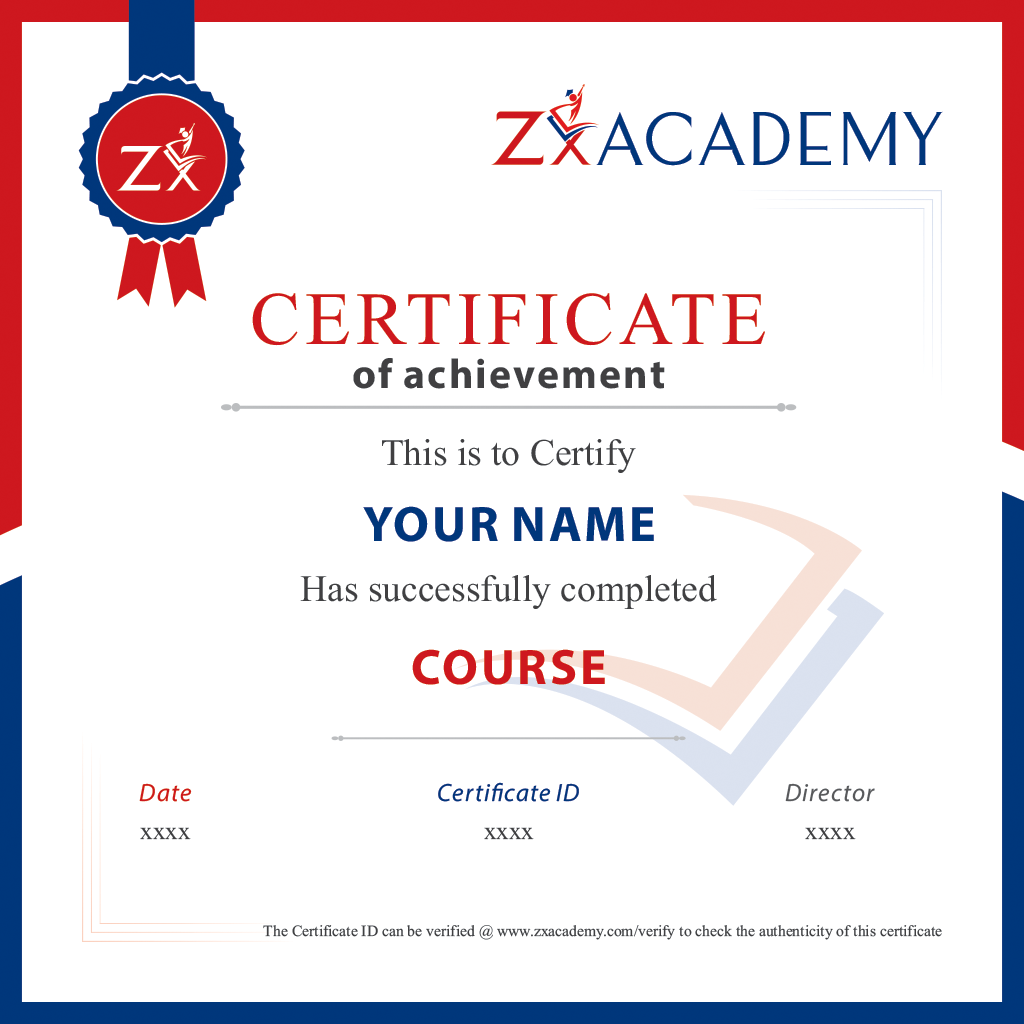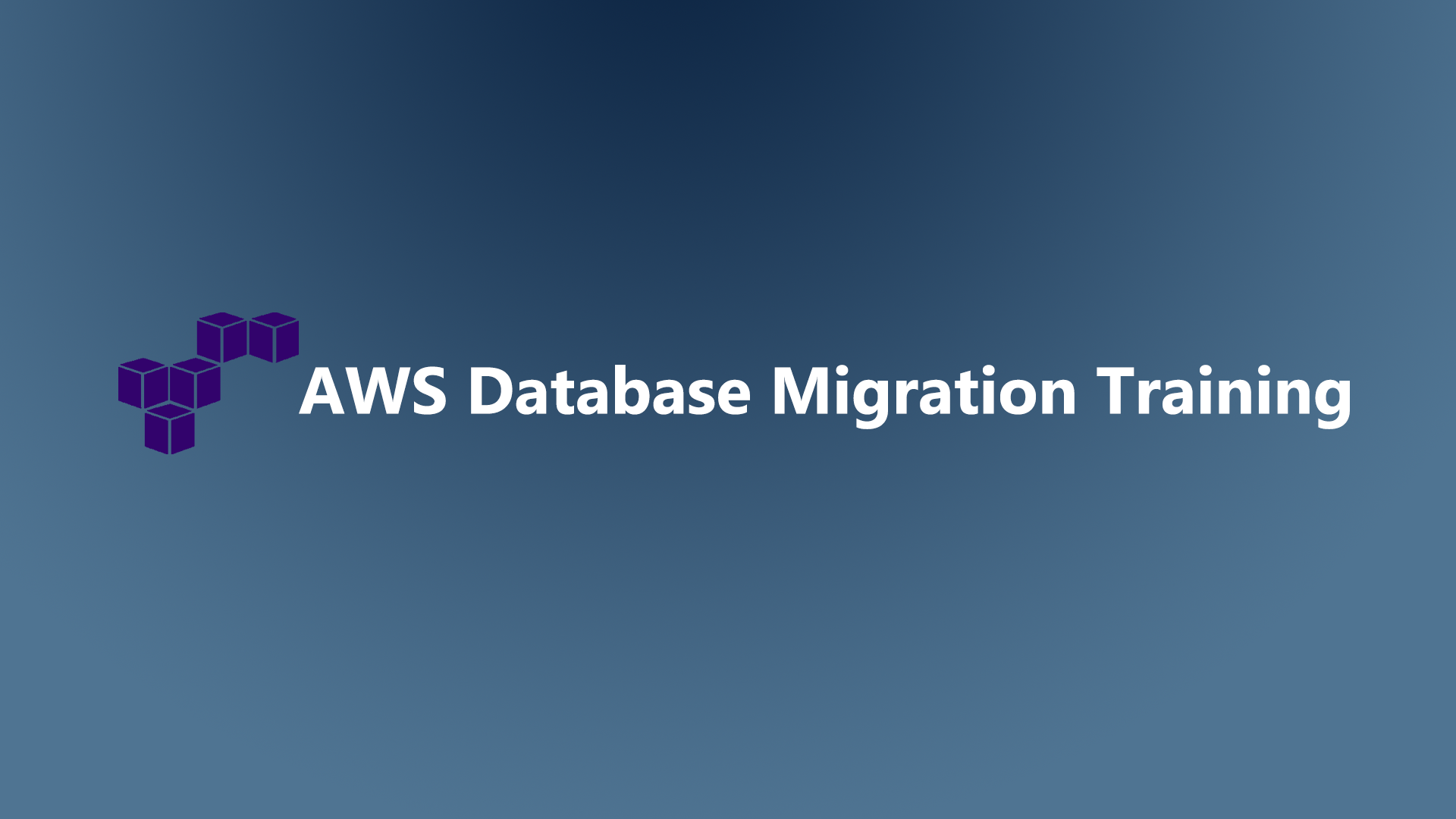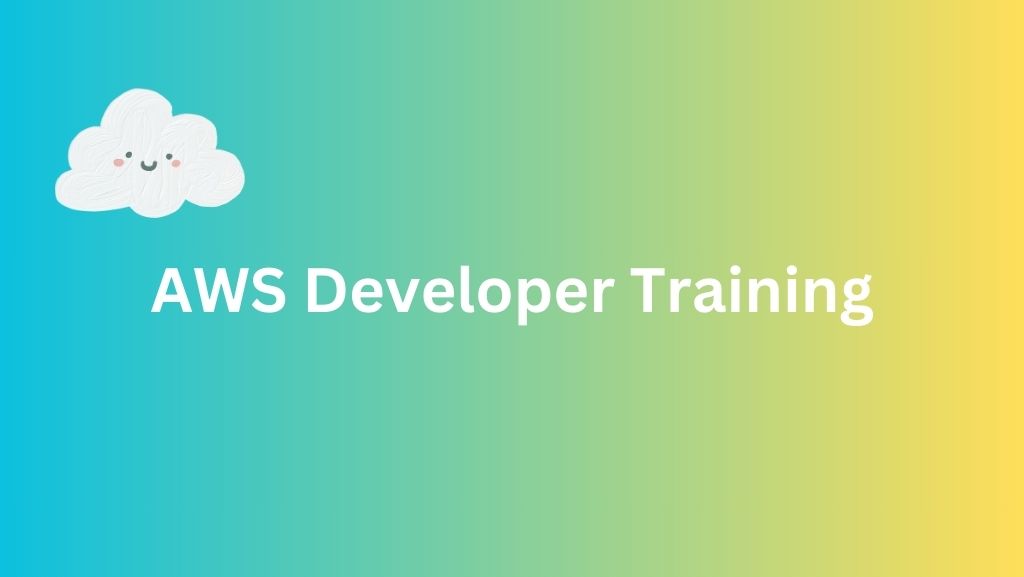Upcoming Batches for AWS Solution Architect
Not compatible with the above dates?
AWS Solution Architect Course Details
The AWS Solutions Architect Certification course training will enable the candidate to plan, design, and scale AWS implementations utilizing more than 70 cloud computing services. Zx Academy's AWS course is aligned with the best and latest Amazon Web Services (AWS) exam syllabus.
Industry professionals design Zx Academy's AWS certification training as per the industry demands and requirements. The Amazon Web Services training at Zx Academy will help the candidate prepare for the AWS Solutions Architect exam. This certification will help you to identify the appropriate AWS based on storage, compute, databases, security, and network requirements.
Highlights of Zx Academy Training:
- 24/7 Support throughout the training period
- Live online classes
- Training under industry experts
- Free study material
- Flexible timings to all our students
What will you learn in AWS Solution Architect Certification training?
After completion of the AWS Solution Architect certification training, you will learn:
- Introduction to AWS
- Object Storage Options
- Load Balancing, Route 53, and Auto-Scaling
- Security Management in AWS
- Networking and Monitoring Services
- Database Services and Analytics
- Migration on AWS
- Configuration Management and Automation
- AWS Architectural Designs
- DevOps on Cloud
Who should take this AWS Solution Architect Certification training?
The AWS Solution Architect certification training course is suited for:
- Developers and Architects
- Professionals with Virtualization experience
- Professionals with an IT Infrastructure background
- DevOps professionals
What are the prerequisites for taking AWS Solution Architect Certification training?
The prerequisite for taking AWS Solution Architect Certification training is basic knowledge of any programming language.
Why should you go for AWS Solution Architect Certification training?
Across 190 countries, AWS has over one million customers. Getting AWS course certification and training can open doors for you to countless job opportunities with high salaries. Zx Academy's AWS course is oriented towards practical applications. At Zx Academy, the sessions will be conducted by industry experts who can train the candidate to leverage AWS services to make the infrastructure of AWS reliable, scalable, and highly available.
Salary Trends:
According to Glassdoor, the average salary of an AWS Developer is Rs.8,00,000 per annum.Are you excited about this?
AWS Solution Architect Curriculum
Virtualization
Cloud and Cloud Computing
Cloud Computing Service Models
Cloud Computing Deployment Models
Service Comparison: AWS, Azure, and GCP
Amazon Web Services (AWS) and its Benefits
AWS Global Infrastructure
AWS Regions and Replication of data between the Regions
Availability Zones and High Availability
AWS Edge Location
Different Amazon Web Services
Ways to access AWS: CLI, Console, and SDKs
Various access policies across AWS Services
Security Token Services
AWS Resource Access Manager (RAM),
AWS Single Sign-On (SSO)
AWS Cognito
AWS Security & Encryption: KMS, CloudHSM, Shield, WAF, Guard Duty
API keys service access
Best practices for IAM
Access billing and create alerts on billing
Need to Move to Cloud Storage
Traditional vs. Cloud Storage Cost
Cloud Storage
Different Storage Options Available on AWS
Simple Storage Service (S3) and Its Components
Working of S3
Difference Between S3, EBS and EFS
Bucket Policy
Access Control List(ACL)
Versioning
Cross-Region Replication (CRR) and Its Use Case
Amazon S3 Transfer Acceleration
Choice of Storage Classes on S3
Lifecycle Policy of S3 Bucket
CDN: CloudFront and AWS Global Accelerator
Storage Gateways
Amazon Elastic Compute Cloud (EC2) and Its Benefits
Amazon Machine Image (AMI)
Security Groups in AWS
Authentication through Key-pair
Hardware Tenancy – Shared vs. Dedicated
Networking Layer in EC2: VPC
Elastic Network Interface (ENI) and Its Attributes
Different Categories of IP Address
Public IP vs. Elastic IP
Instance Store
Elastic Block Store (EBS), Its Features and Volume Types
Solid State Drive: General Purpose SSD and Provisioned IOPS
Hard Disk Drive: Throughput Optimized HDD and Cold HDD
Snapshots
Elastic File System (EFS) and Its Features
EBS vs. EFS
Amazon FSx: Windows File Server and Lustre
Advanced features of ELB
Launch Templates
Launch Configurations
Comparison of Classic, Network and Application Load Balancer
Auto-Scaling
Components of Auto-Scaling
Lifecycle of Auto-Scaling
Auto-Scaling policy
Working of Route 53
Various Routing Policies
Read Replica
RDS IAM Authentication
DynamoDB
ElastiCache: Working, Redis vs Memcached
Amazon RedShift
Kinesis: AWS Kinesis Data Streams, AWS Kinesis Data Firehouse
AWS Lake Formation
AWS Athena
AWS QLDB
CIDR Notations
Network Access Control List v/s Security Groups
NAT (Network Address Translation): NAT Devices, NAT Gateway and NAT instance
VPC peering
Direct Connect
Private Link
AWS CloudWatch
AWS CloudTrail
AWS Config
Trusted Advisor
Implement SES
Demonstrate the working of SNS
SQS: Work with SQS, ASG with SQS
Amazon MQ
Amazon Event Bridge
AWS Simple Notification Service (SNS)
AWS Simple Work Flow (SWF)
AWS Lambda
AWS Serverless Application Model
CloudFormation and its components
Templates in CloudFormation
Stack in CloudFormation
Resource deletion policies in CloudFormation
Introduction to AWS OpsWorks
AWS OpsWorks services
Components of AWS OpsWorks Stack
OpsWorks Lifecycle Events and Deployment Commands
OpsWorks for Chef Automate
AWS OpsWorks for Puppet Enterprise
Auto Healing
Elastic Beanstalk
Components of Elastic Beanstalk
Beanstalk v/s OpsWorks v/s CloudFormation
What is Cloud Migration
Migration Phases
CAF Perspectives and their Roles
AWS Migration Hub and ways to use AWS Migration Hub
Roles and Permissions for AWS Migration Hub
AWS Migration Hub use cases
AWS Application Discovery Service
Application Discovery Tools
Application Migration to AWS
Application Migration Phases
Virtual Machines migration ways
AWS Server Migration Service(SMS) and its working
Database Migration Implementation steps
Working of DMS
AWS Database Migration use cases
Types of data transfer: Homogenous and Heterogenous
Database Schema Migration tool
Database Migration best practices
DevOps Lifecycle and its Building Blocks
DevOps and cloud relation
Different AWS Developer tools
AWS CodeCommit
Versioning in S3 vs. CodeCommit
Working of AWS CodeCommit
AWS CodePipeline and its working
Concepts of CodePipeline
Input and Output Artifacts
AWS CodeBuild and its working
AWS CodeDeploy
Primary Components
Deployment Workflow: On Lambda Platform and On EC2 Platform
Application Specification File
Deployment Types: In-Place Deployment and Blue/Green Deployment
AWS CodeStar and its working
Like the curriculum?
Projects on AWS Solution Architect
Static Website Hosting on AWS S3:
Objective: The aim of this project is to introduce beginners to Amazon Web Services S3 and static website hosting.
Project Description: Students participating in this project can build a basic static website using HTML, CSS and JavaScript before configuring an AWS S3 bucket to host it. They will learn how to set permissions, enable static website hosting, and create their own domain using AWS Route 53; thus gaining hands-on experience using AWS services and basic web hosting in the cloud.
Establish a Basic Virtual Private Cloud (VPC):
Objective: This project's main focus is to establish a basic VPC and associated resources on AWS.
Project Description: Students can set up their own virtual private cloud (VPC) in Amazon Web Services (AWS), configure subnets, and launch instances within. Students will create both public and private subnets as well as route tables and security groups/network ACLs - simulating basic web application setup by configuring simple web servers in both subnets. Furthermore, this project provides students with an in-depth knowledge of VPCs/network architecture of AWS.
Project Resources
AWS Solution Architect Certification

Get certification or Get ahead with Zx Academy’s Certification or
Faq’s for AWS Solution Architect
Reviews
Bharathi
satya




